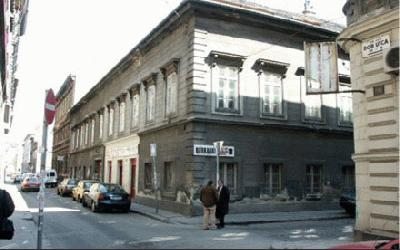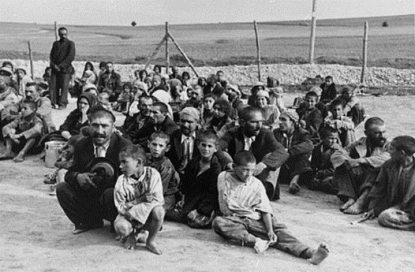Michel Polge, of the ICOMOS Historical Cities and Villages International Committee, will evaluate the sites in Budapest at the invitation of the Secretariat of the Hungarian National World Heritage Committee and the Budapest City Council between November 5 and 7, said Katalin Róna.
The so-called "reactive monitoring" visit follows concerns that developments along and around Andrássy Avenue, especially in the capital's old Jewish quarter, might threaten its historical character.
"Excessive demolitions and other changes could compromise the overall value of Andrassy Avenue and the area's architectural and cultural character, which formed the basis for its inscription on the World Heritage List in 2002, KÖH said in a statement.
KÖH said it could not make any statements about the assessment during Polge's visit, in line with UNESCO and ICOMOS rules.
The World Heritage List programme was founded with the Convention Concerning the Protection of World Cultural and Natural Heritage, which was adopted by the General Conference of UNESCO on November 16, 1972. Since then, 812 sites have been included on the list. Hungary became a participant in the programme in 1985.
In addition to Andrássy Avenue, cultural sites in Hungary already included on UNESCO's World Heritage List are the view of Budapest along the Danube; the capital's Castle District; the area around Fertö, or Neusiedlersee, on Hungary's border with Austria; the Hortobágy National Park, better known as the "Puszta" in Hungarian; the Benedictine Abbey of Pannonhalma; and the famous Tokaj wine region. On UNESCO's World Heritage List of natural wonders are the caves of Aggtelek, which Hungary shares with Slovakia.
Source: Múlt-kor / Hungarian News Agency (MTI)


